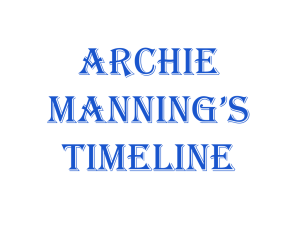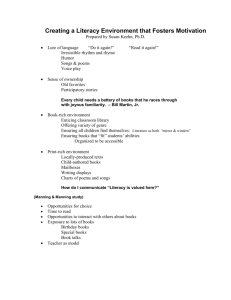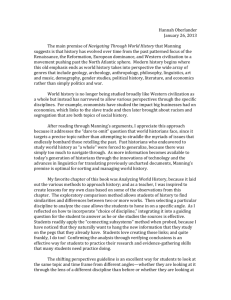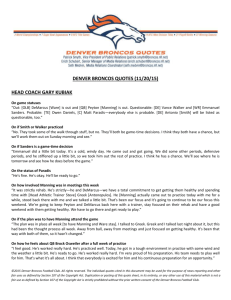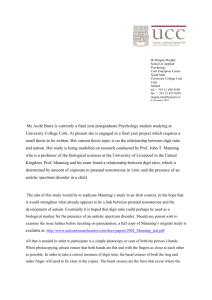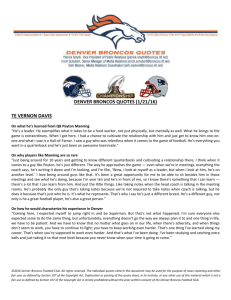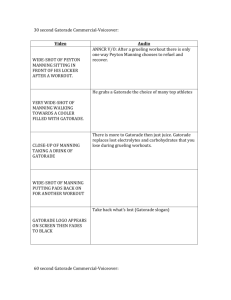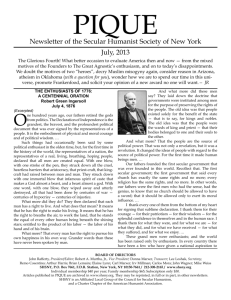Rhetorical Analysis of a Mastercard Commercial
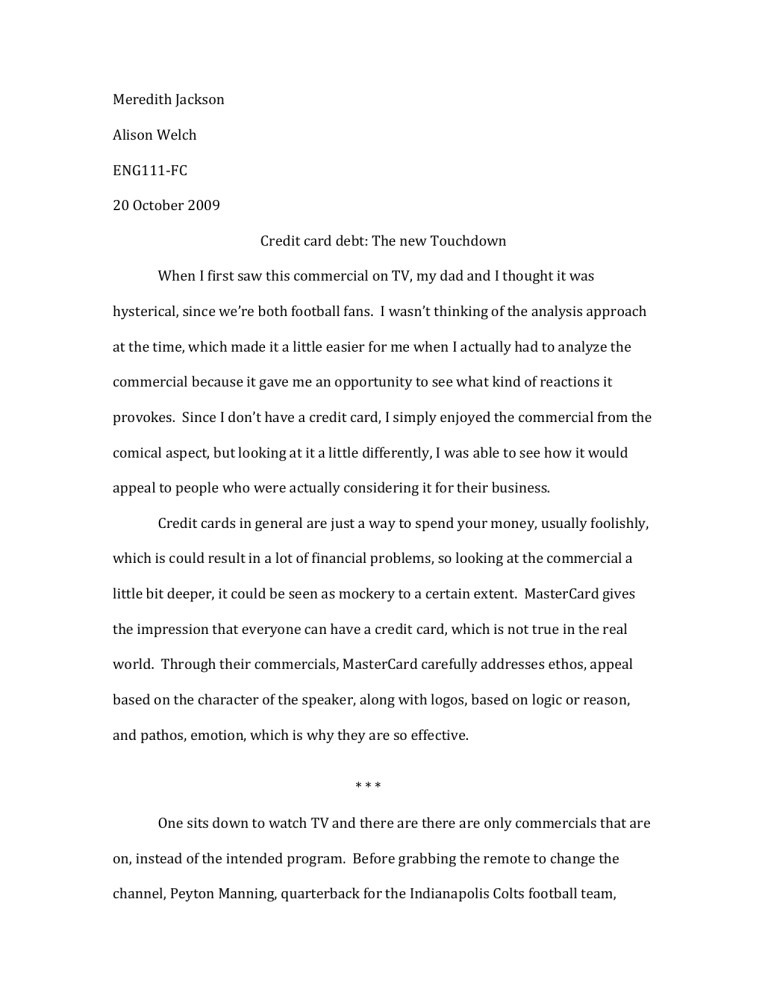
Meredith Jackson
Alison Welch
ENG111-FC
20 October 2009
Credit card debt: The new Touchdown
When I first saw this commercial on TV, my dad and I thought it was hysterical, since we’re both football fans. I wasn’t thinking of the analysis approach at the time, which made it a little easier for me when I actually had to analyze the commercial because it gave me an opportunity to see what kind of reactions it provokes. Since I don’t have a credit card, I simply enjoyed the commercial from the comical aspect, but looking at it a little differently, I was able to see how it would appeal to people who were actually considering it for their business.
Credit cards in general are just a way to spend your money, usually foolishly, which is could result in a lot of financial problems, so looking at the commercial a little bit deeper, it could be seen as mockery to a certain extent. MasterCard gives the impression that everyone can have a credit card, which is not true in the real world. Through their commercials, MasterCard carefully addresses ethos, appeal based on the character of the speaker, along with logos, based on logic or reason, and pathos, emotion, which is why they are so effective.
* * *
One sits down to watch TV and there are there are only commercials that are on, instead of the intended program. Before grabbing the remote to change the channel, Peyton Manning, quarterback for the Indianapolis Colts football team,
appears on the screen pushing a shopping cart in the supermarket appears on the screen. He asks an employee named Teddy to autograph his melon for him, and as the worker is signing, the text “groceries: $41” appears and a voice reads it. As the commercial continues, Manning is at the auto shop to get an “oil change: $25” by a mechanic named Charlie. Using a small bullhorn, Manning cheers him on, as well as the mechanic who is sitting down next to him. Famished from running errands,
Manning stops by a local diner to get “lunch: $12,” and the waitress looks confused as Manning is cheering “D-Caf!… D-Caf!” He waits until the workers are finished with work in hopes of a priceless moment with his “favorite players” on a “great shift.” An employee tosses him his apron and Manning gets extremely enthusiastic.
The commercial closes with Manning receiving a signature from the grocery store employee, Teddy, on a loaf of bread for his brother, and the viewer is left laughing at the advertisement. But pure amusement was not the point of the endorsement. The credit card company, MasterCard, wanted to attract possible future customers through this commercial, and there’s a chance that they were successful, but to what extent? Although this commercial effectively provokes emotion from its viewers in hopes of their business in return, the question of who is being benefitted by this advertisement remains a mystery, especially since many young Americans are struggling financially.
MasterCard is aware that their advertisements has to appeal to both men and women, so they decide to have their ethos of their classic “Priceless” commercials to be someone to whom they can easily relate. Speaking to the masculine portion of their audience, they chose the football star Peyton Manning to address the ethos of
their commercials, and hoping to satisfy the female population through his charisma as well. With his being fairly young, he relates to a wide variety of ages, mainly those who are old enough to be dealing with their own finances and therefore looking for things such as a credit card. Part of that general group would be collegeaged students, and being in college, sports are a hot topic, which leaves Peyton
Manning as the perfect candidate to be the face of MasterCard. The company was thinking this commercial through very carefully, and knew that their logos would appeal to those who would want to use a credit card. College students are extremely vulnerable when it comes to careless spending. It has been reported, “seniors graduated with an average credit card debt of more than $4,100, up from $2,900 almost four years ago. Close to one-fifth of seniors carried balances greater than
$7,000” (Sallie Mae). This is not teaching these young adults any good habits in regards to spending their money wisely, which shows the negative effect this commercial and credit cards in general could have on a customer.
Since a large percentage of the American public that this commercial addresses are typically male football fans, and focusing a little bit more, male football fans looking for a credit card, MasterCard uses Peyton Manning as their logos bait to tempt those customers who couldn’t necessarily afford a credit card.
There are exceptions with this stereotype, but when considering the pathos of this commercial, Peyton Manning is addressing the general male population of football fans, especially those who don’t have enough money to actually go to the games, which is why they have to watch it on TV.
Fans in general are related to in this specific advertisement. Some people go crazy when they meet their biggest fan because all of the respect and admiration for that person have been building up inside until they have the moment to actually encounter their hero. Manning stirs the pathos within the commercial as he eagerly puts on the apron that is tossed to him by the waiter. With the “fan” being reversed,
Manning is showing that not all great people have to be famous and those are the people who are actually being taken for granted. Manning addressed the pathos again in the supermarket when the employee spells “Peyton” correctly on the piece of fruit. Another super fan favorite is to go all out when it comes to supporting their heroes, which is seen by the huge cut out letters spelling “D-Caf” in the commercial, along with cheering through the bullhorn. They just want to be recognized so they do the most ridiculous things, exhibited by Manning in the diner.
Seeing Peyton Manning act the way he does in the commercial almost creates a new logos towards credit cards for super fans. It gives them a sense of permission to go as crazy as they want to when cheering, since Peyton Manning “does it,” leading them to believe that it is okay to get a credit card, even if they can’t afford one, because Peyton Manning “does it.” Noting “young Americans now have the second highest rate of bankruptcy, just after those aged 35 to 44. The rate among 25 to 34-year-olds increased between 1991 and 2001, indicating that this generation is more likely to file bankruptcy as young adults than were young Boomers at the same age” ("Generation Broke”") clearly shows many young Americans should not have credit cards. They would lose control of their spending and fall into the statistic.
Even though it provides comedic relief while watching the regular program on TV, this commercial is part of a problem that is hurting many young Americans today—credit card debt. It effectively addresses its audience and their interests through the elements of rhetoric, but terribly tempts those who financially cannot afford to keep a credit card in their wallet. This problem is not at the fault of
MasterCard, for it’s a more general issue than one company. Something credit card companies could do to try to help the American public is placing footnotes at the bottom of the screen as a warning that careless spending could lead to bad credit and large amounts of debt, or have a verbal disclaimer at the end of the commercial.
But seeing how this might hurt their business, credit card companies don’t step up to the task of giving all of the facts, both the good and bad. This responsibility of informing is left to the viewers, and giving them the opportunity to choose what is right for them.
Works Cited:
Woolsey, Ben, and Matt Schulz. "Credit card statistics, industry facts, debt statistics." CreditCards.com. Web. 9 Oct. 2009.
<http://www.creditcards.com/credit-card-news/credit-card-industryfacts-personal-debt-statistics-1276.php>.
http://www.youtube.com/watch?v=NwDAfdmNMVw&feature=related
